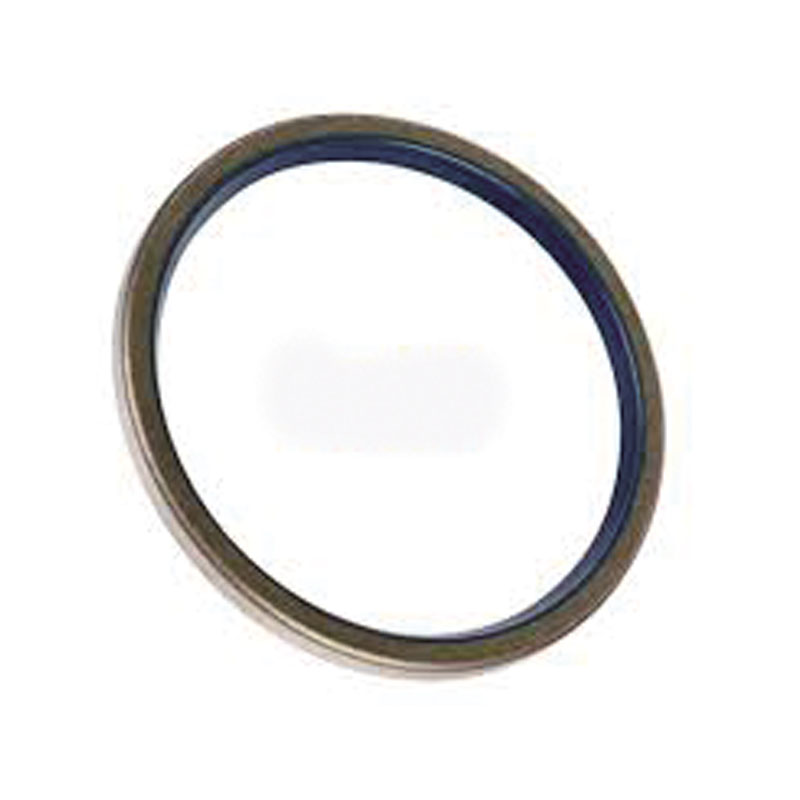front oil seal
Understanding Front Oil Seals Importance, Function, and Maintenance
The front oil seal, often referred to as the front crankshaft seal, plays a crucial role in the overall functioning of an engine. This small yet significant component is positioned at the front of the engine and acts as a barrier between the engine oil and the outside environment. Understanding its importance, function, and maintenance can help vehicle owners appreciate the critical role it plays in engine performance and longevity.
What is a Front Oil Seal?
The front oil seal is typically made from materials such as rubber or silicone, designed to withstand the high temperatures and pressures present in an engine. It is specifically engineered to prevent oil from leaking out of the engine, ensuring that the vital lubrication remains contained, thereby protecting engine components from wear and tear.
Function of Front Oil Seals
1. Leak Prevention The primary function of a front oil seal is to prevent engine oil from leaking out. This is crucial because oil leaks can lead to a drop in oil levels, potentially causing severe engine damage due to inadequate lubrication.
2. Maintain Oil Pressure The seal helps maintain proper oil pressure within the engine. Consistent oil pressure is essential for ensuring that all moving components receive the necessary lubrication and cooling.
3. Contamination Barrier The front oil seal also acts as a barrier against contaminants such as dirt and debris. By preventing these foreign particles from entering the engine, the seal helps maintain the cleanliness of the engine oil, thus extending its lifespan and improving overall engine efficiency.
4. Support for Timing Components In many vehicles, the front oil seal is located near the timing belt or timing chain. By keeping the oil contained, it ensures that these critical components operate smoothly and do not suffer from oil-related issues.
Signs of a Failing Front Oil Seal
Despite its strength, the front oil seal can wear out over time due to factors like heat, friction, and chemical exposure. Here are some signs that indicate a failing front oil seal
- Oil Leaks The most obvious sign is the presence of oil leaks near the front of the engine. If you notice oil puddles or stains under your vehicle, it’s essential to have the seal inspected.
front oil seal

- Engine Noise A failing oil seal can lead to insufficient lubrication, which may result in unusual noises coming from the engine. If you hear knocking or grinding, it's time to check the oil seal and other related components.
- Decreased Oil Levels Regular checks of the engine oil level are crucial. If you find that the oil level drops rapidly without an obvious source of leakage, it might be due to a compromised oil seal.
- Burning Oil Smell If oil leaks onto hot engine components, it can produce a burning smell. This not only indicates a potential seal failure but poses a fire hazard.
Maintenance Tips for Front Oil Seals
To extend the lifespan of the front oil seal and ensure optimal engine performance, consider the following maintenance tips
1. Regular Oil Changes Changing the engine oil at the manufacturer-recommended intervals helps maintain the viscosity and effectiveness of the oil, reducing the risk of seal wear.
2. Inspect for Leaks During routine vehicle maintenance, always check for signs of oil leaks, particularly around the front of the engine. Early detection can prevent more severe complications.
3. Monitor Engine Temperature Overheating can accelerate the wear of oil seals. Keep tabs on the engine temperature and address any cooling issues promptly.
4. Use Quality Oil Opt for high-quality engine oil that meets the specifications for your vehicle. Good quality oil reduces friction and wear on engine components, including seals.
5. Check Engine Mounts Worn or damaged engine mounts can lead to misalignment, which can place additional stress on the oil seal. Ensure that your engine mounts are in good condition.
Conclusion
The front oil seal might be a small component in the grand scheme of an engine, but its significance cannot be overstated. By understanding its function, recognizing signs of wear, and implementing proactive maintenance, vehicle owners can ensure that their engines operate efficiently and remain protected against damage. Regular inspections and adherence to maintenance schedules are key to maximizing the lifespan of this vital seal and promoting overall engine health.
-
Understanding the Front Main Engine Seal: Purpose, Maintenance, and Installation
News Jul.29,2025
-
Understanding O-Rings and Seal Rings: Types, Applications, and Custom Solutions
News Jul.29,2025
-
Understanding Crankshaft Oil Seals: Rear Seals, Pulley Seals, and Their Role in Engine Integrity
News Jul.29,2025
-
The Importance of Front and Rear Crankshaft Seals in Engine Performance and Oil Management
News Jul.29,2025
-
Crank Oil Seals: Functions, Types, and Cost Considerations in Engine Maintenance
News Jul.29,2025
-
A Comprehensive Guide to O-Rings and Seals: Types, Materials, and Global Applications
News Jul.29,2025
-
Mastering Diesel and Performance Engine Maintenance: A Guide to Critical Oil Gaskets
News Jul.28,2025
Products categories















